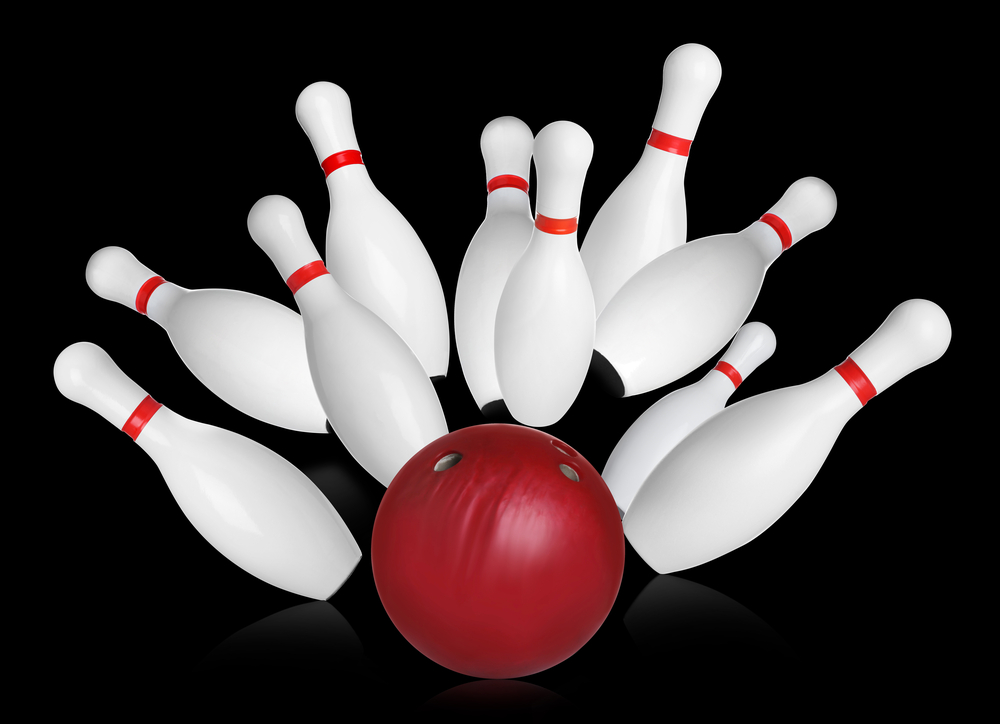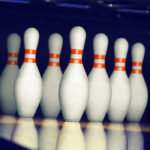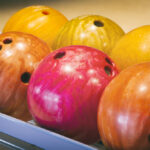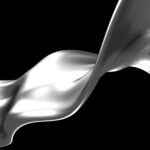
Bowling is a sport of targeting (aiming). To be good, you require a certain level of precision and strength to roll the bowling ball down the 60-foot bowling lane and tumble the pins at the end. Bowling pins play an integral part in the sport of bowling. Without them, there is nothing for the bowler to aim for.
When you go bowling, do you ever wonder what's inside those pins? If you've ever tried to pick up a pin, you may have noticed that they are surprisingly heavy. So, are bowling pins hollow or solid? If they are hollow, well, we know what is inside, right? But what if they are not hollow but solid, what's inside then?
While it may seem like a simple question, the answer is not as straightforward as you might think. In this article, we will explore the design and construction of bowling pins to determine are bowling pins hollow or not.
Contents
Are Bowling Pins Hollow?
No, bowling pins are not hollow as they are made out of dense wood that is carved out to leave a thin-walled shell. This makes them lightweight and easy to knock over with bowling balls.
The size of a bowling pin depends on the type of bowling game you are playing and the authorized organization. For example, in ten-pin bowling, the pins are much larger than in five-pin bowling.

Do Bowling Pins Float or Sink?
The game of bowling has been around for centuries, and it remains one of America's favorite pastimes. But have you ever wondered about the science behind the game? For example, do bowling pins float or sink?
Bowling pins are made from wood, and wood is a natural material that both floats and sinks depending on its density. Most bowling pins are made from a type of hardwood known as maple, which is relatively dense. This means that maple bowling pins will generally sink if placed in water.
There is one exception to this rule, however. Many bowling pins are treated with a chemical called paraffin wax, which makes them more buoyant. As a result, paraffin-treated bowling pins will float in water.

What Were Old Bowling Pins Made Of?
For many years, bowling pins were made out of hardwoods such as maple and beech. However, these materials had several drawbacks. First, they were prone to splintering and breaking. Second, they absorbed oil from the lane, which made them difficult to repel.
As a result, many bowling alleys began to experiment with different materials. In the early 20th century, some alleys started using pins made out of rubber. These rubber pins were much more durable than their wooden counterparts and did not absorb oil.
However, they had a tendency to bounce erratically, making it difficult for bowlers to get a consistent strike.
That’s when bowling alleys settled on a material known as polyester. Polyester is a synthetic polymer that is incredibly strong and resistant to both oil and moisture. It is also relatively inexpensive, making it the perfect material for mass-produced bowling pins.
Today, most bowling pins are made out of polyester, although some high-end pins may still be made out of hardwood. Vulcan Manufacturing uses smaller pieces of maple and glues them together. They managed to prevent the wood from absorbing oil by covering the pins with liquified nylon or surlyn.
Are Bowling Pins Solid?
Bowling pins are solid on the inside. Early pins were made from wood, but they were quickly replaced by pins made from a variety of materials, including plastic and rubber. Today, most bowling pins are made from a solid piece of hard maple. This type of wood is very strong and more resistant to wear and tear, making it an ideal material for a bowling pin.
In addition to being made from solid wood, today's bowling pins also have a smooth, glossy finish of either nylon or surylon that helps them resist damage from impacts. As a result, modern bowling pins are solid and are both durable and attractive.
What Kind of Wood Is in a Bowling Pin?
The construction of bowling pins is regulated by the American Bowling Congress (ABC) and Women’s International Bowling Congress (WIBC), which require that bowling pins be made of maple or ash wood.
The wood used in bowling pins must meet certain specifications set forth by the United States Bowling Congress (USBC). It must be hard, close-grained, and free of knots and other blemishes.
Other woods that are sometimes used include sugar maple, beech, birch, and poplar. The wood is cut into blanks that are roughly the shape of a pin, then kiln-dried to remove moisture before being sent to a pin manufacturer.
There, the blanks are machined into the final shape of a pin and then coated with a layer of liquid nylon.
Frequently Asked Questions
How Long Does a Bowling Pin Last?

Bowling pins are made of hard- maple wood and they can last for 1 to 3 years. On average, a bowling pin can last up to 2 years before it needs to be replaced. If you take care of your bowling pins, they can last even longer!
Do Bowling Pins Have Different Weights?

Bowling pins do have different weights, but they are all regulated by the United States Bowling Congress (USBC). The maximum weight for a regular bowling pin is 3 pounds and 6 ounces (1.5Kg). However, most pins used in commercial bowling alleys weigh between 3 pounds and 10 ounces (1.6Kg). The USBC also regulates the size and shape of bowling pins. regulation pins are cylindrical in shape and have uniform widths at the top, middle, and bottom. They also must be 4.75 inches (121 mm) wide and 15 inches (380 mm) tall.
Are Bowling Balls Hollow?

Are bowling balls hollow? No.
Bowling balls are not hollow—instead, a bowling ball consists of various materials of different densities beneath a bowling ball’s outer shell. These materials determine the ball’s weight and balance. This statement is true for all bowling balls, no matter how light bowling balls are.
Bowling ball manufacturers manufacture balls for bowling ball reactions: hook (urethane bowling balls) or roll straight (plastic balls), have differing weights (some are lighter bowling balls) while others are made to roll slower or faster than the standard. So hollow bowling balls are a myth.
What Can You Do With Old Bowling Pins?

You can do a lot with old bowling pins. For example, you can use them for crafts, like making a lamp or a coat rack. You could also use them as decorations around your house or in your garden. Or you could give them to a child to use as props for playing make-believe games. Finally, if there are enough pins, you could even start a small business by turning them into yard art or bird feeders.
What Is the White Bowling Pin Coating Made From?

The bowling pins you see at your local alley are actually coated with liquid nylon and DuPont's Surlyn. This substance is hard and shiny, making it ideal for protecting the pin's wood from wear and tear. Phenolic resin is also used to coat the cores of golf balls and in many other industrial applications.
Related Articles
Bowling pins are not hollow. This myth may have started because the hole in the bottom of bowling balls creates a suction effect that pulls the ball down the lane. The pins are heavy and stable enough to stay put even with this force pushing against them.
Kira Byrd, a Certified Fraud Examiner, holds a B.S. in Accounting from the University of Alabama at Birmingham. With a passion for bowling from her childhood, Kira has poured her expertise and personal experiences into creating and nurturing Bowling For Beginners. Kira's mission is to meet new bowlers where they are and guide them toward consistently achieving higher scores. With a focus on skill development and strategic techniques, she empowers readers to take control of their game and unlock their true potential.
Bowling For Beginners embodies strict editorial integrity, ensuring reliable and unbiased information. Kira's commitment to delivering valuable insights and practical strategies is reflected in every article. Here's an explanation of our editorial policy and how we get money.





